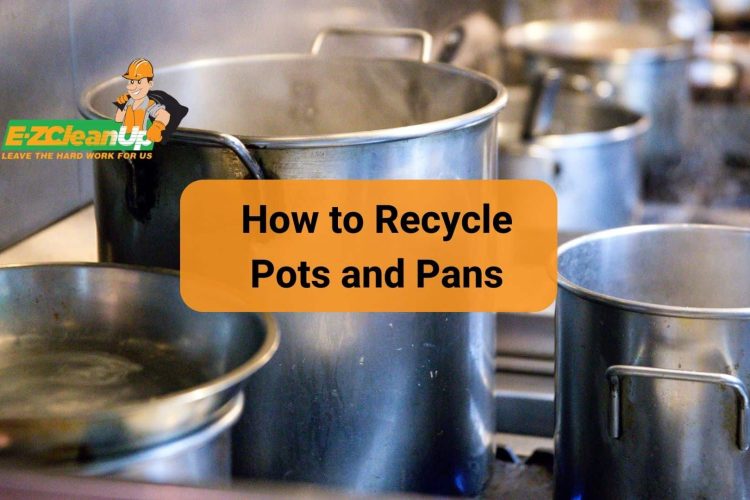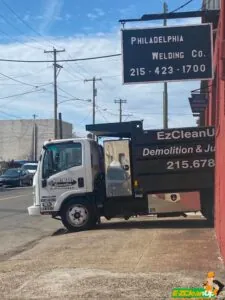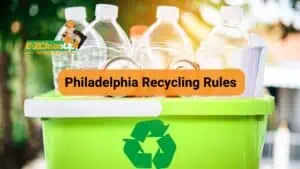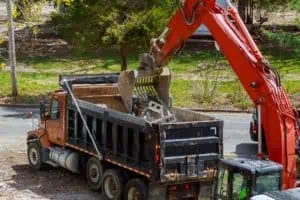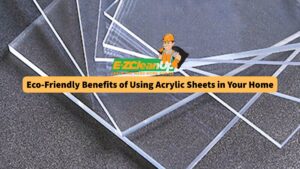To recycle pots and pans, first check if your local recycling center accepts metal cookware. For nonstick pans or mixed materials, use specialty services like mail-back programs. Donate usable items or upcycle creatively.
Discover more eco-friendly disposal tips on how to recycle pots and pans in our comprehensive guide.
Recycling Options for Pots and Pans
Here are your best options when you have decided to recycle pots and pans:
Local Recycling Programs and Facilities
Local recycling programs and facilities often accept pots and pans, but it’s important to know the specifics of what they can process. Cookware made from ferrous or non-ferrous metals like aluminum, copper, and stainless steel is generally accepted.
However, nonstick components can complicate recycling due to the chemicals they contain. These factors vary depending on the recycling center, so it’s advisable to contact them beforehand to confirm what types of cookware they accept and whether there are any preparation requirements for the items.
Curbside recycling programs may also be an option, but this is less common and should be verified with local waste management authorities.
Specialty Recycling Services for Cookware
For cookware that local recycling centers might not accept, specialty recycling services can be a viable option. Some companies focus on recycling more challenging items, including cookware with nonstick coatings or mixed materials.
These services may offer mail-back programs, where you can send your cookware for proper recycling. Such programs often cater to specific types of materials or coatings, so it’s important to inquire about their capabilities and any associated costs.
Donation and Upcycling Alternatives
Donating pots and pans is a great way to extend their life and benefit others. Most secondhand stores and charities accept cookware, provided they are in safe, usable condition. Before donating, ensure that the cookware has no characteristics that could make it unsafe, such as flaking nonstick coatings, warping, or excessive scratching.
For items that aren’t suitable for donation, upcycling presents creative possibilities. You can transform old kitchen items into decorative or functional objects for your home, like turning mason jars into lamps or using teapots as plant pots. These DIY projects not only give new life to old cookware but also reduce waste.
Best Practices for Eco-Friendly Cookware Use and Disposal
To make eco-friendly choices in cookware, avoid materials like Teflon due to its PFOA content, a known carcinogen. Instead, opt for any of the following:
- Cast Iron: Durable, long-lasting, and improves with seasoning
- Enameled Cast Iron: Prevents sticking and rusting, offers longevity
- Stainless Steel: Durable, evenly distributes heat, and doesn’t affect food flavor
- Ceramic: Non-toxic, user-friendly, and environmentally conscious
Extending the Life of Pots and Pans
Here are some ways to follow to keep your pots and pans in good condition for a long time:
- Nonstick Cookware: Avoid metal utensils, use oil instead of cooking spray, and handwash instead of using a dishwasher.
- Stainless Steel: Remove calcium buildup with vinegar and water, add oil to a hot pan to prevent sticking, and handwash to maintain appearance.
- Cast Iron: Avoid dishwasher cleaning, handwash without soap, regularly oil after washing, and store in a dry place.
Making Informed Decisions for Future Purchases
Here are the considerations you must look into when buying new pots and pans:
- Frequency of Cooking: Everyday cooks might prefer durable, easy-to-clean options like stainless steel, while occasional cooks could opt for nonstick for easy maintenance.
- Cooking Style: Choose materials based on your typical dishes – cast iron for slow-cooked meals, aluminum for quick stir-fries.
- Health Considerations: Look for cookware that requires less oil and doesn’t leach harmful substances.
- Budget and Longevity: Balance your budget with the need for durable, long-term solutions.
- Cooktop Compatibility: Ensure the cookware matches your cooktop type for optimal performance.
Importance of Proper Disposal and Recycling of Pots and Pans
Recycling pots and pans is more than just a convenience—it’s necessary for a sustainable future. In almost every American home, you’ll find a variety of pots and pans indispensable for daily cooking. However, their convenience in the kitchen contrasts with the challenges they pose once they’re ready to be disposed of.
The environmental angle of pots and pans is crucial. They are typically made from recyclable materials like metal, steel, aluminum, or copper, designed to withstand high heat. Despite this, not all recycling companies accept them due to the complexity of recycling these mixed-material items.
The challenge arises when pots and pans are coated with non-recyclable materials like Teflon, making them nonstick but difficult to recycle. These coatings require specialized separation techniques beyond the capacity of many recycling facilities.
Environmental Impact of Metal and Non-Metal Cookware
The manufacturing and disposal of cookware have significant environmental implications. Nonstick cookware, while convenient, is problematic. Its production generates harmful byproducts, and overheating can release toxic chemicals. Moreover, nonstick coatings tend to have a short lifespan, which makes these items less sustainable due to frequent replacements.
On the other hand, cast iron and stainless steel cookware are more durable and environmentally friendly. Cast iron, for example, can last for generations with proper care. Stainless steel is resistant to rust and corrosion, making it a sustainable choice.
However, the production of these materials isn’t without environmental costs. It involves mining and refining raw materials, packaging, and shipping the cookware.
Overview of Recycling Challenges for Pots and Pans
The complexity of recycling pots and pans lies in their material composition and the limitations of recycling facilities. While these items are generally recyclable, the process involves separating metal from other materials, which is intricate and resource-intensive.
Consequently, many recycling centers opt not to accept cookware due to the effort required in this separation process. In these cases, alternative disposal methods like donation or repair are suggested. For cookware that cannot be donated, scrap metal stations offer a solution, accepting pots and pans for repurposing.
Additionally, specialized recycling services like TerraCycle and Rabbit Recycling provide specific solutions for hard-to-recycle items, including pots and pans, especially those with Teflon coatings. These services, however, come with a fee.
Identifying Recyclable Cookware
Cookware comes in various metals, each with unique properties. Fully clad stainless steel is known for excellent heat conductivity and durability, but it can be expensive, and food may stick to it. Cast iron is affordable and has excellent heat retention, but it is heavy and reacts to acidic foods.
Enameled cast iron offers minimized sticking and is non-reactive, though it heats slowly. Carbon steel is lightweight and responsive to heat but requires seasoning and may rust. Copper is prized for its quick and even heating but is costly and needs polishing. Nonstick (PTFE-coated) cookware prevents food from sticking and is easy to clean, but it isn’t durable and is prone to warping.
Signs That Your Cookware Is Ready for Recycling
Recognizing when cookware is ready for recycling is key to responsible disposal. Signs include corrosion (rust), which makes the cookware unsafe for cooking; warping, which can lead to difficulty in use and potential hazards; deep scratches, especially in stainless steel or nonstick cookware, which can harbor bacteria and cause uneven cooking; and the wearing off of nonstick coatings.
These indicators signal not only the end of cookware’s useful life but also its readiness for recycling or alternative disposal.
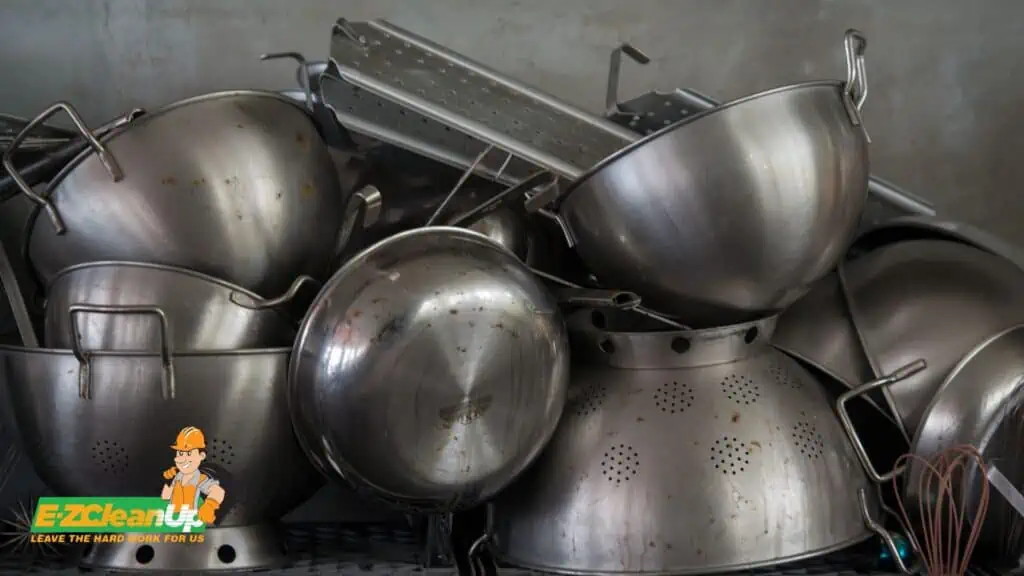
Preparing Cookware for Recycling
Here are the steps to do before recycling your cookware:
Cleaning and Decontaminating Pots and Pans
Before recycling cookware, it’s crucial to clean and decontaminate them. This process ensures that the recycling facility can process them without contamination. Start by thoroughly washing the cookware to remove any food residue, grease, or dirt.
Use gentle cleansers and scrubbers to avoid scratching the surfaces. It’s essential to ensure that all cookware, especially nonstick and chemically coated ones, is free of contaminants that could be hazardous during the recycling process.
Dismantling Parts and Separating Materials
Dismantling cookware is necessary when they’re made of mixed materials, such as a combination of metal and plastic. For example, non-metal components like plastic handles need to be separated from the metal parts before recycling.
This separation process is crucial, as many recycling centers may not accept cookware with mixed materials or might charge a fee for the additional labor required to separate these components. In cases where dismantling is possible, recycle the separated materials accordingly, with metal parts going to metal recycling and plastic parts to plastic recycling facilities.
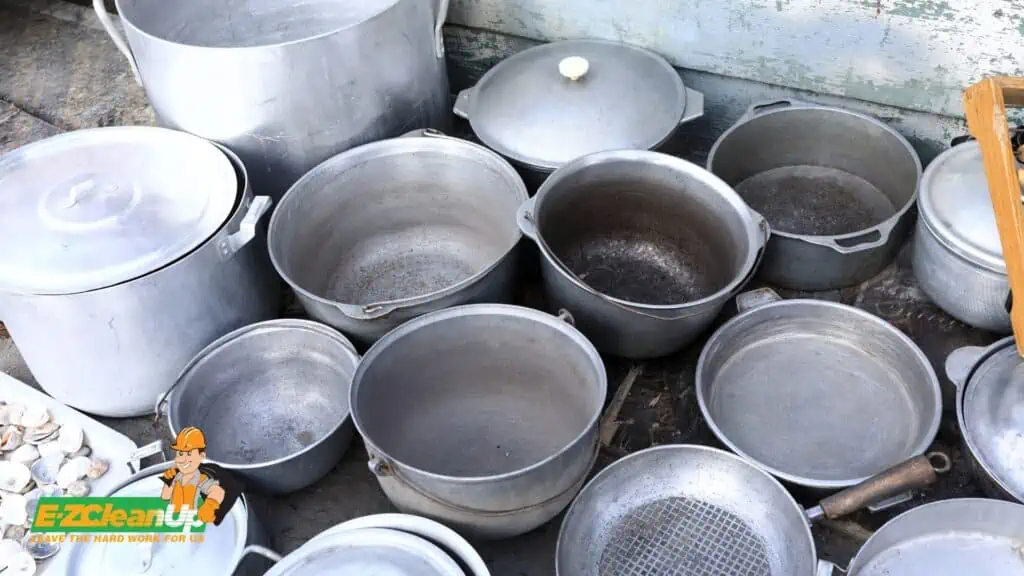
Tips for Safe Handling and Transport
When preparing to transport your cookware for recycling, consider the type of metal they’re made from. Knowing whether they are ferrous (attracts a magnet) or non-ferrous (like aluminum, copper, or stainless steel) is essential, as some recyclers may only accept one type of metal.
Handle the cookware safely to avoid injuries from sharp edges or broken parts. If the cookware is nonstick, be aware that the recycling options may be limited due to the coating and might need to be removed before recycling.
Transport the cookware in sturdy containers or boxes to prevent any damage during transit. Call the recycling facility beforehand to confirm their acceptance policies and any specific preparation they require for the cookware.
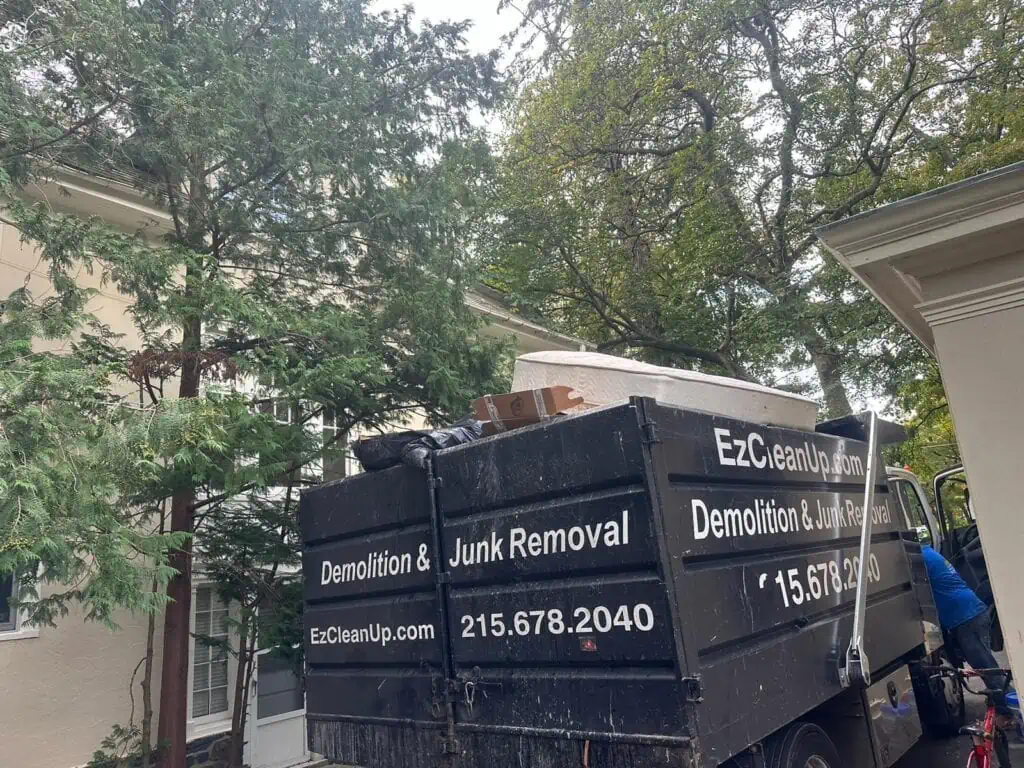
EZ CleanUp: Your Eco-Friendly Junk Removal Partner
When it’s time to recycle pots and pans, along with big clearing-up projects at home or in your commercial space, you can count on us at EZ CleanUp to haul away your junk. We specialize in eco-friendly junk removal and ensure your items, from cookware, old mattress, to fences, are disposed of responsibly.
Our budget-friendly pricing is transparent, with no hidden costs, and we even credit back any earnings from reselling or recycling your good-condition items. Our experienced team swiftly clears your space, whether it’s a full cleanout or just removing a few items.
Choose EZ CleanUp for a fast, professional service that cares for your space and the planet. Call us today for a free estimate and reclaim your clutter-free environment with ease.

